Calling all football fans—and even if you’re not one, this is still a must-see. The Estadio Centenario is the very first stadium built for the very first FIFA World Cup. In Uruguay, football isn’t just a sport—it’s a national obsession, practically a religion. Visiting the stadium and its football museum is a fascinating journey through
the history of the game, and how it intertwines with the story of Uruguay itself. It’s a true source of pride for locals.
Stroll through the Pocitos neighborhood
The name Pocitos, which means “little holes,” dates back to the days when washerwomen came to the beach here to do laundry in small wells dug into the sand. Times have changed, and Pocitos has become one of Montevideo’s most popular middle-class residential neighborhoods (for high-end luxury, head toward Carrasco near the airport). Today, Pocitos is known for its beautiful beach, the iconic Montevideo sign—perfect for that must-have souvenir photo—and even a quirky castle, the Castillo Pitamiglio, built by an architect with a passion for alchemy. Strange? Definitely. Worth a visit? Absolutely.
Slow down at Parque Rodó
Parque Rodó is Montevideo’s most beloved park, and it’s the perfect place to relax like a local. Divided into three areas, it features a small artificial lake surrounded by greenery, a permanent mini amusement park, and the Carnival zone—home to the Teatro de Verano, or Summer Theater. This open-air venue is one of the city’s most important cultural spaces, and it hosts the famous Carnival competition. Uruguay’s Carnival, declared a National Cultural Heritage event, is the longest in the world, running for 40 days and bringing together diverse cultural traditions. Here, the highlight is the Murga—a uniquely Uruguayan mix of musical theater, satire, and social commentary. If you’re in town during Carnival season, don’t miss a Murga performance. You might love it, you might not, but it’s as local as it gets.
Take in the view from Cerro de Montevideo
On the other side of the city rises Montevideo Hill—or Cerro—where you’ll find the Artigas Fortress, the last Spanish fort built in Uruguay at the start of the 19th century. Originally meant to defend the city from naval attacks, it now houses a military museum and offers stunning panoramic views over the bay of Montevideo.
Go shopping in a former prison
Only in Uruguay could a prison become a mall—and what a mall it is! Punta Carretas Shopping was once a notorious penitentiary, made famous by not one, but two legendary escapes. In 1931, a group of anarchists tunneled out. Then in 1971, 111 political prisoners—including future president Pepe Mujica—escaped in what became the largest prison break in history, even making it into the Guinness Book of Records. Today, the prison’s legacy lives on in a very different way, as a sleek modern shopping center.
Lose yourself in the Prado Botanical Gardens
A little outside the city center—but easily accessible by public transport or taxi—are the enchanting Prado Gardens. This botanical park is a peaceful retreat and a paradise for photographers, couples, and nature lovers alike. Once home to the city’s elite in the 1800s, the Prado area is full of grand mansions, wild greenery, and artificial lakes. Don’t miss the nearby Blanes Museum, which offers free entry and a journey through Uruguayan art history.
Visit the Legislative Palace
The Legislative Palace was inaugurated to mark the 100th anniversary of Uruguay’s independence. A guided tour is a great way to learn more about the country’s political history while admiring one of Montevideo’s most impressive landmarks.
Taste the best Uruguayan wines
Uruguay is gold mines for wine lovers, offering high quality at surprisingly affordable prices. If you enjoy a good red, don’t miss the chance to visit a local bodega for a tasting. You can book an organized wine tour from downtown Montevideo—just ask at the tourist office—or head out to a nearby vineyard on your own.
Sample the city’s food scene at Mercado Ferrando
While Uruguay is famous for its meat (and yes, it’s fantastic), Montevideo’s culinary scene is growing fast and has become a serious rival to big-name foodie cities. One of the best spots to experience this is Mercado Ferrando. Housed in a former furniture factory, it’s now a lively food hall with long shared tables and a wide selection of dishes from chefs with diverse backgrounds. It’s a great place to stop for a bite in the trendy Cordón neighborhood—especially with a cold local craft beer in hand.
Do some Sunday shopping at the Tristán Narvaja Market
If you’re in Montevideo on a Sunday, be sure to check out the Tristán Narvaja Market. It’s a weekly ritual for locals, who come to stock up on fresh produce, antiques, and all sorts of odds and ends. The market stretches along Tristán Narvaja Street and spills over into the side streets around it. It’s chaotic, colorful, and 100% authentic—a true slice of Uruguayan life to start your Sunday.
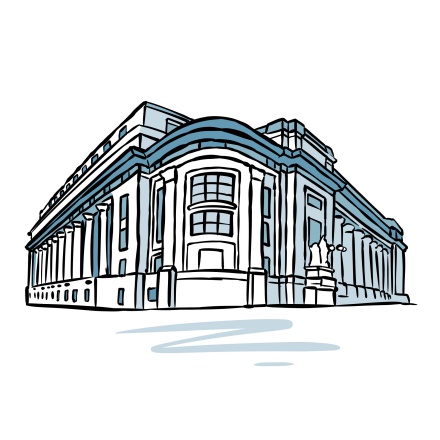
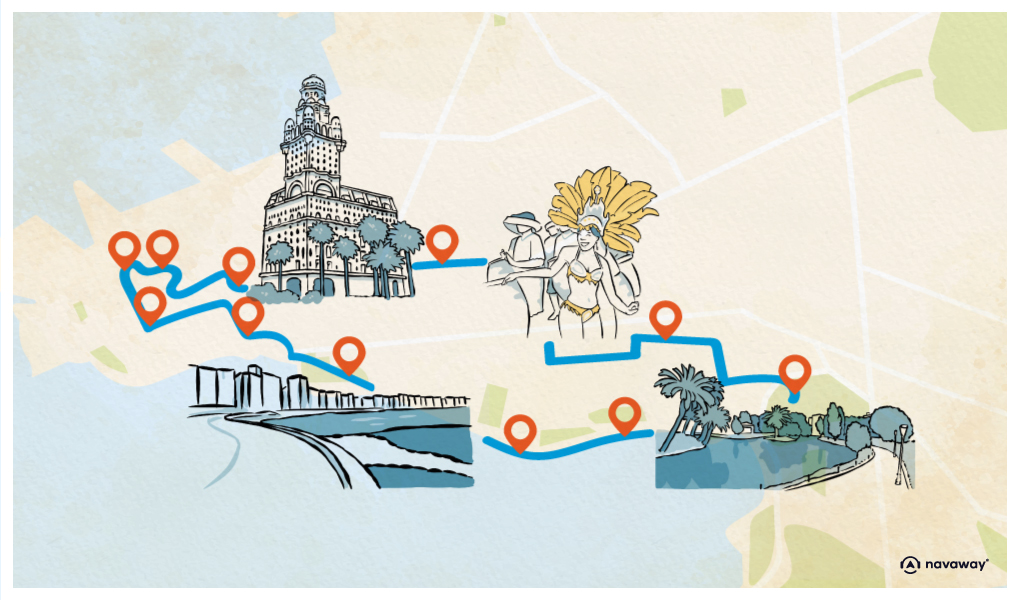
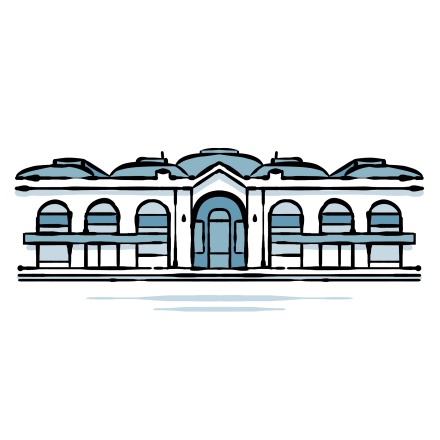
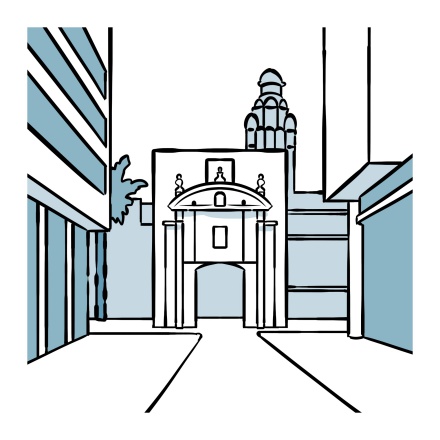
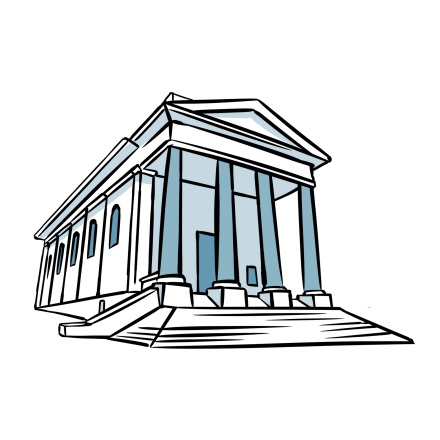
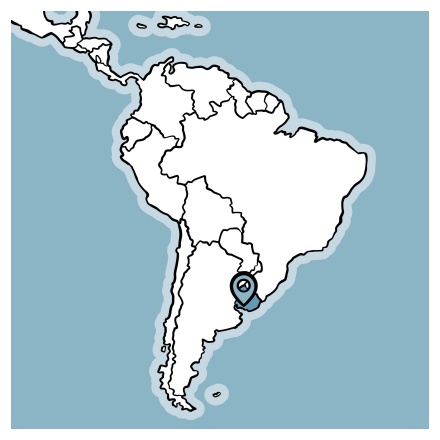



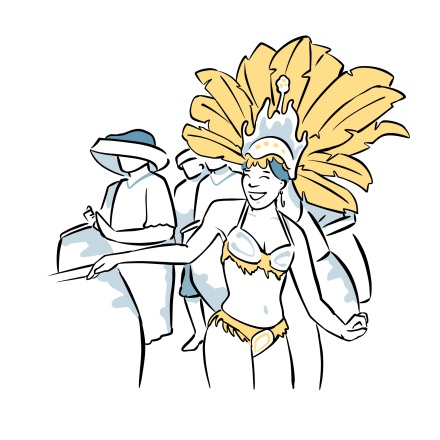





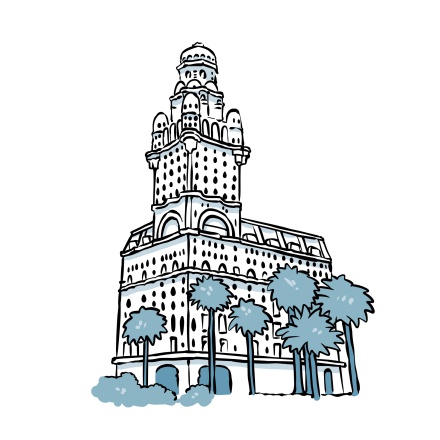
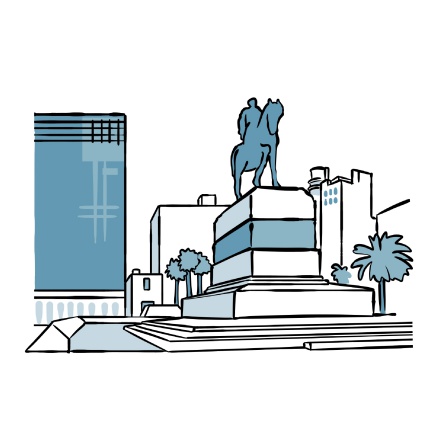

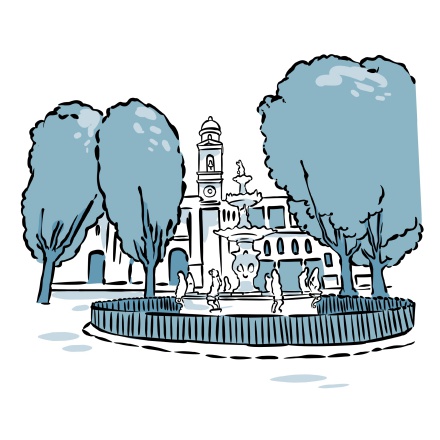
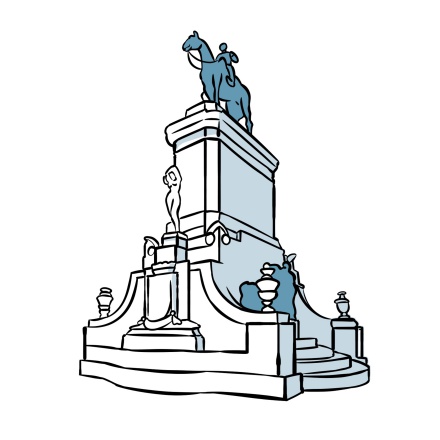


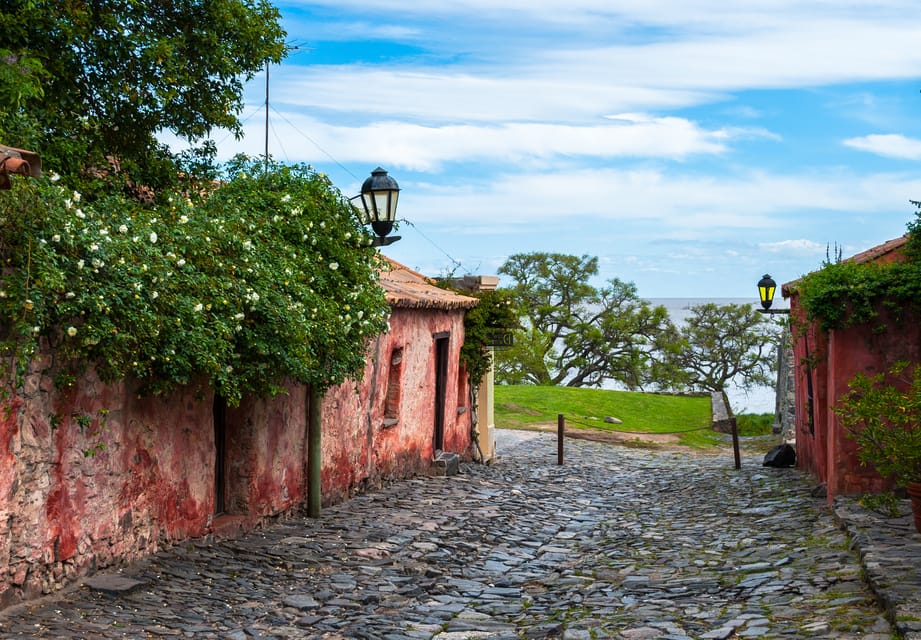
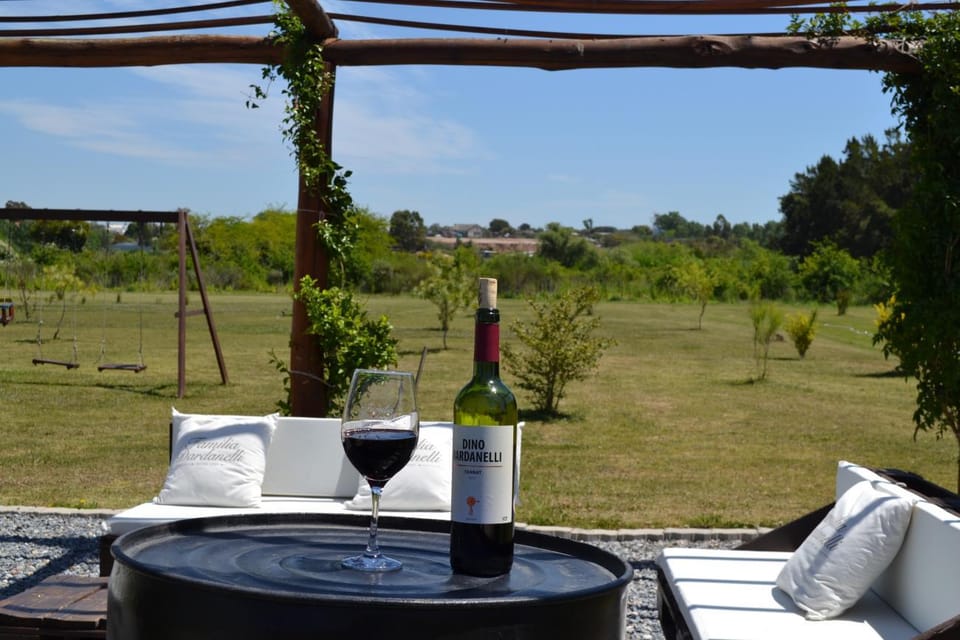
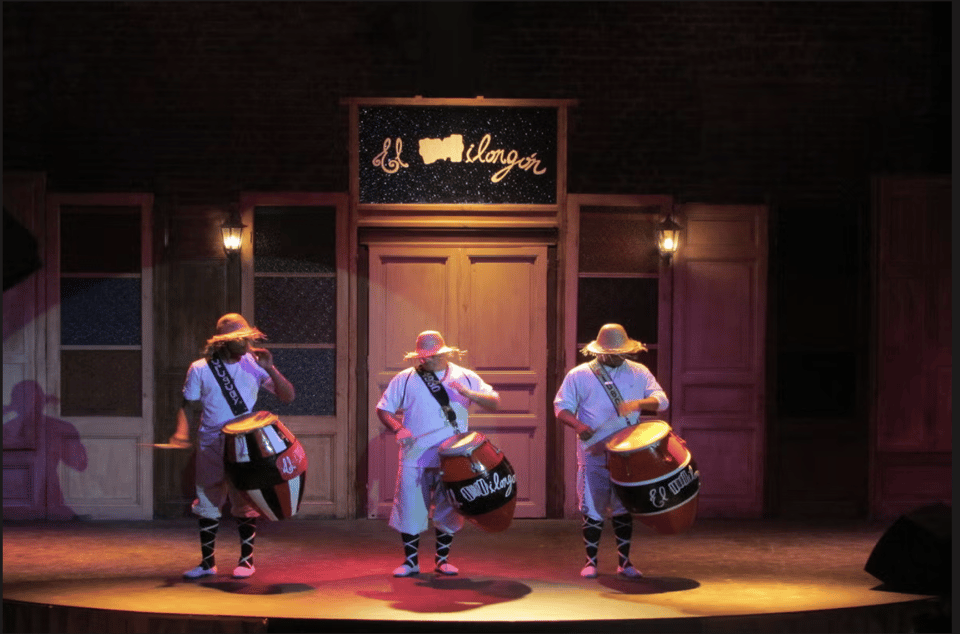
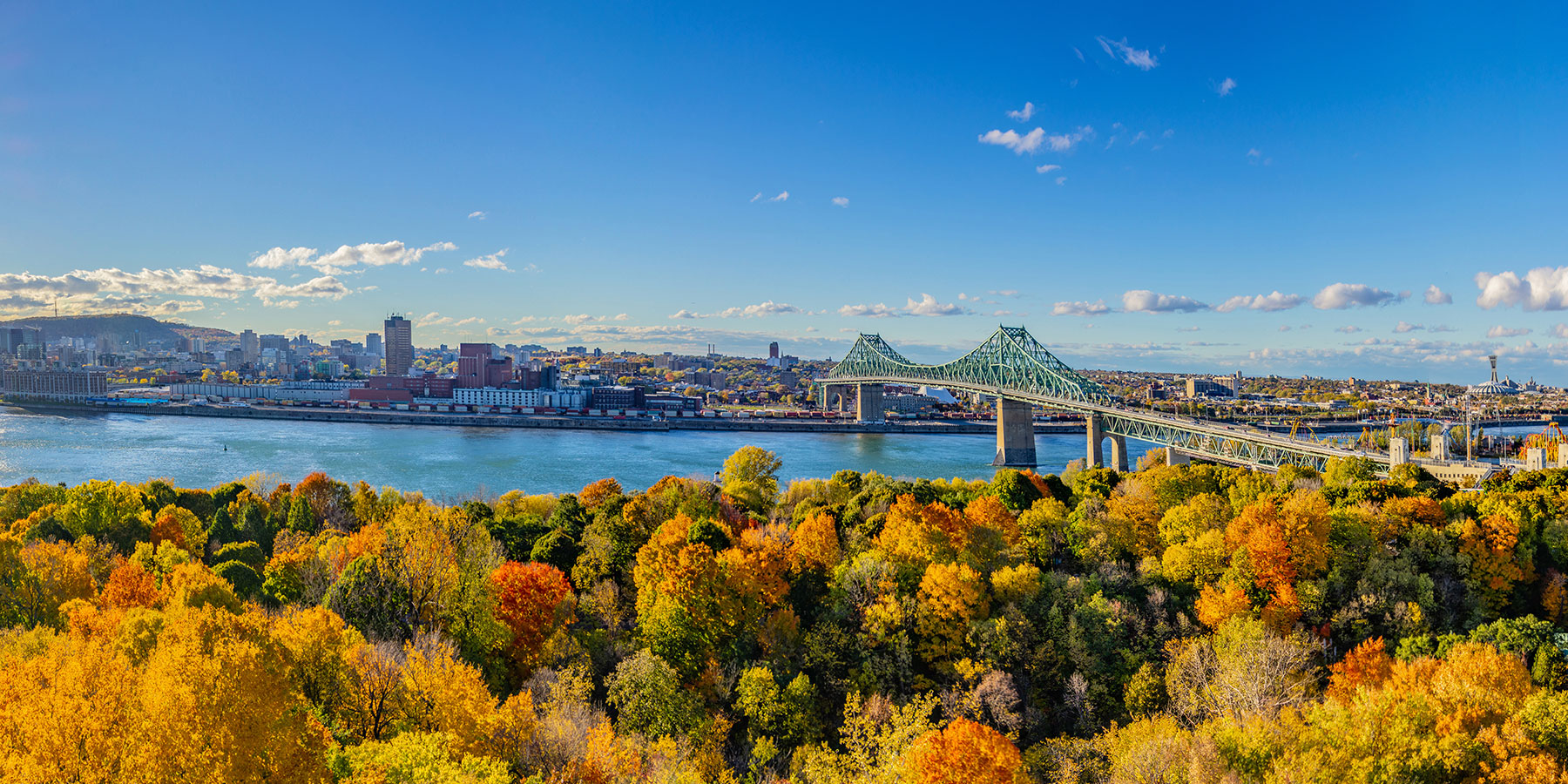
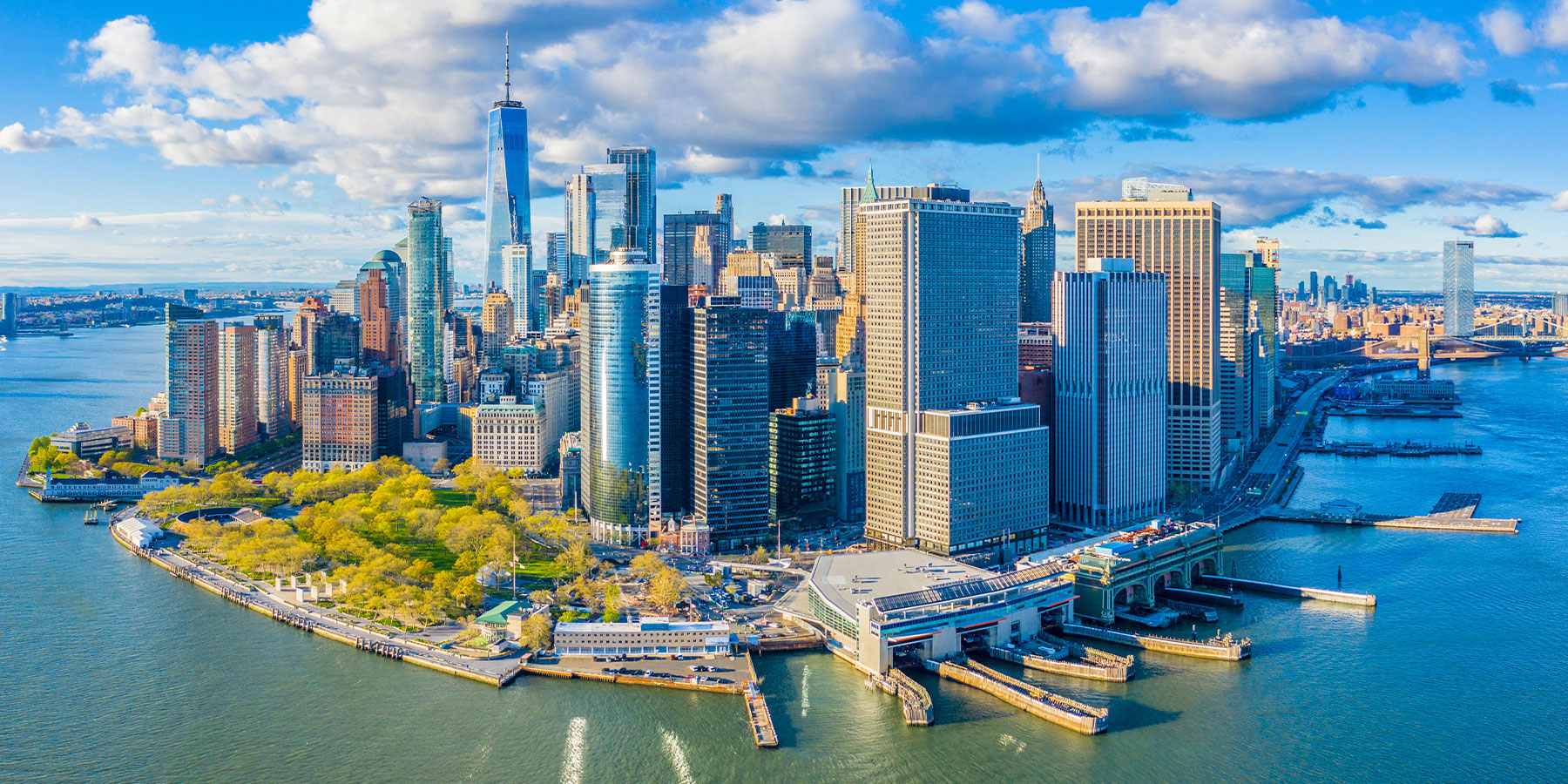
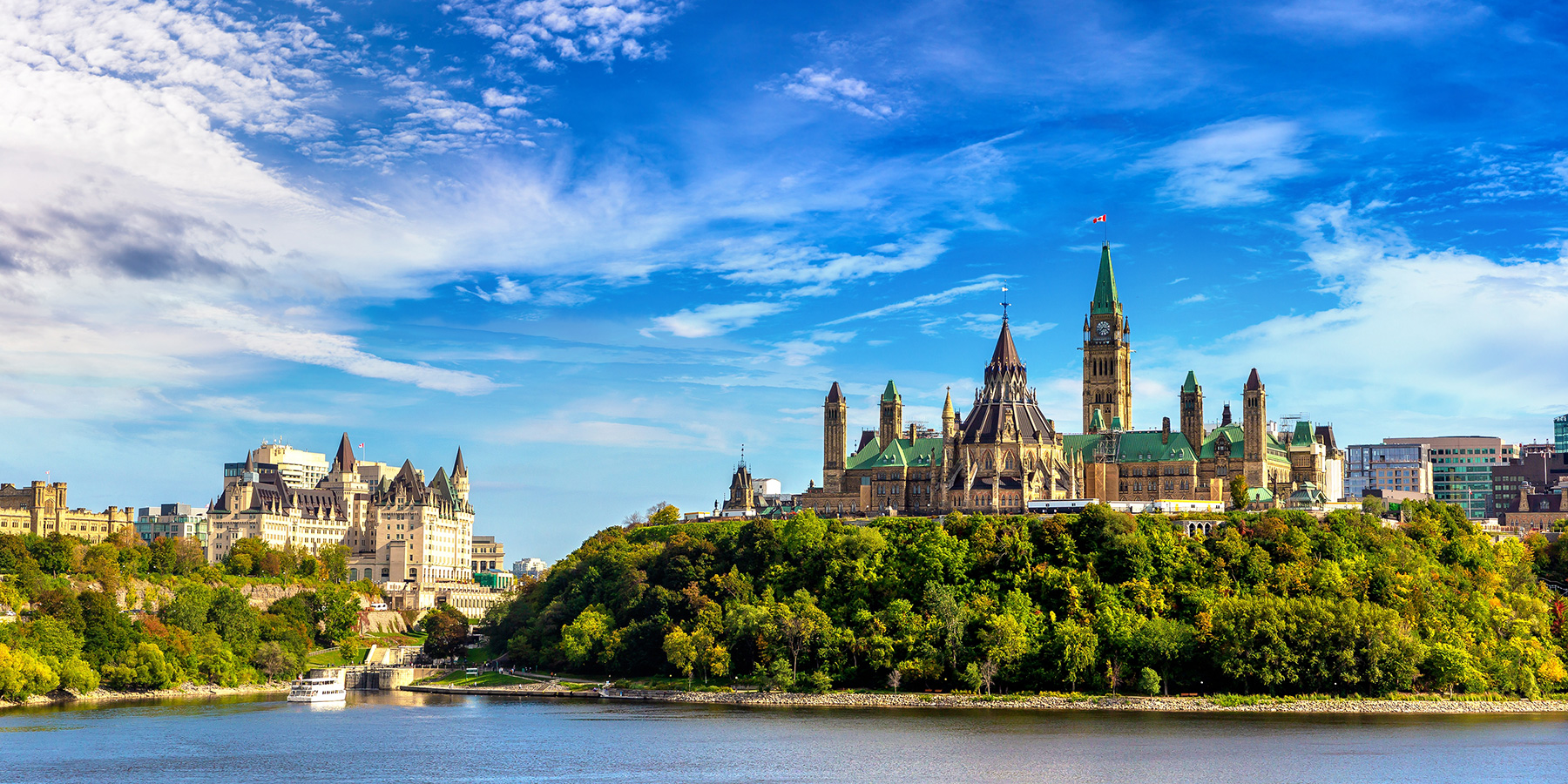
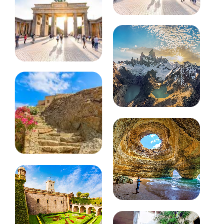

Comments